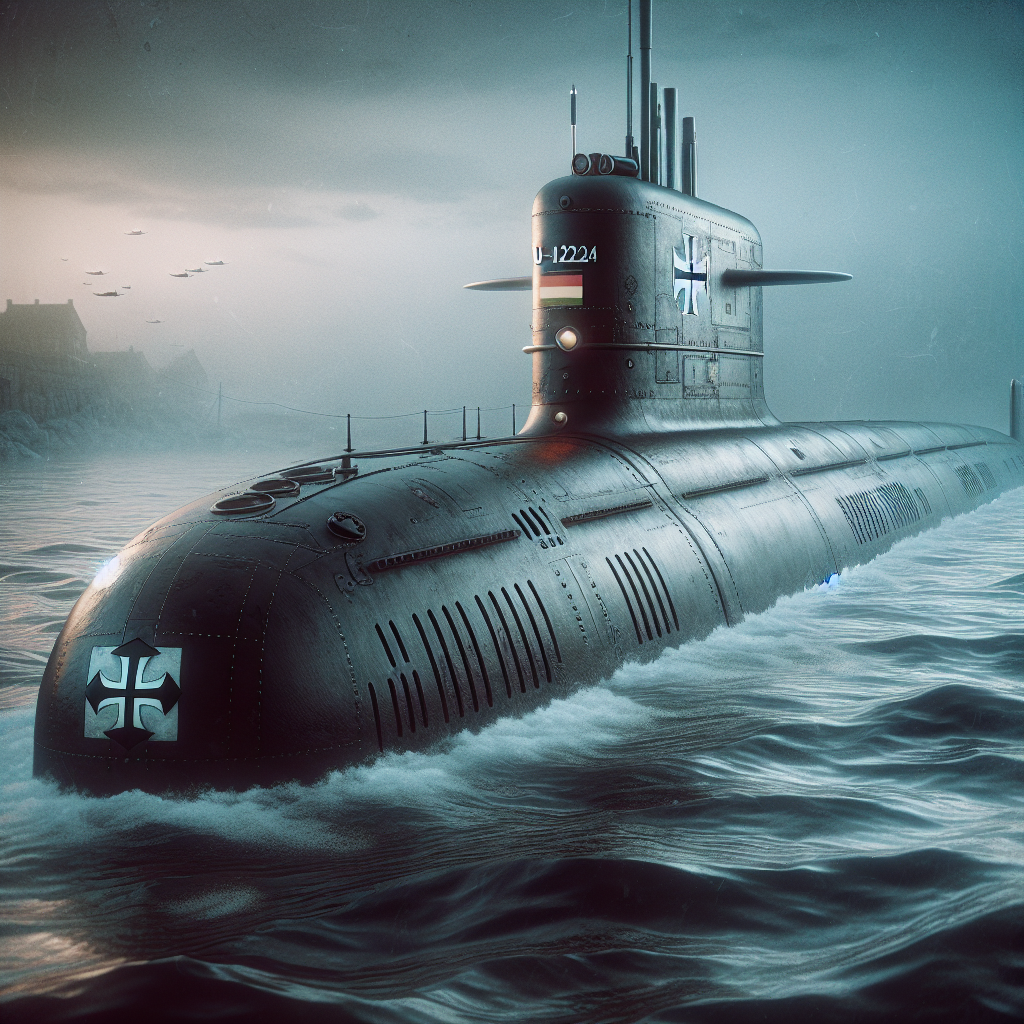The Curious Tale of German Submarine U-1224
Imagine a submarine that was built by one country, operated by another, and ultimately met its end in a third. That's the intriguing story of the German submarine U-1224. This vessel was a Type IXC/40 U-boat constructed by Nazi Germany during World War II. However, it was not destined to serve under the German flag for long. In 1943, U-1224 was transferred to Japan as part of a technology exchange between the Axis powers. The submarine was then renamed RO-501 and became part of the Imperial Japanese Navy. Its journey ended in May 1944 when it was sunk by the USS Francis M. Robinson in the Atlantic Ocean. This tale of international intrigue and wartime collaboration highlights the complex alliances and strategies of World War II.
The transfer of U-1224 to Japan was part of a broader effort by Germany and Japan to share military technology and resources. Both nations were keen on strengthening their naval capabilities, and submarines were a crucial part of their strategies. For Germany, sharing a U-boat with Japan was a way to bolster their ally's naval power in the Pacific, where the Allies were gaining ground. For Japan, acquiring advanced German technology was an opportunity to enhance their own submarine fleet, which was critical for their war efforts in the vast Pacific theater.
The journey of U-1224 from Germany to Japan was fraught with challenges. The submarine had to navigate the treacherous waters of the Atlantic, avoiding Allied patrols and blockades. The transfer was a risky endeavor, as the Allies were well aware of the Axis powers' attempts to exchange technology and were actively working to intercept such missions. Despite these dangers, U-1224 successfully made its way to Japan, where it was rechristened as RO-501 and integrated into the Japanese Navy.
The sinking of RO-501 by the USS Francis M. Robinson was a significant victory for the Allies. It not only prevented the transfer of valuable technology but also demonstrated the effectiveness of Allied anti-submarine warfare tactics. The loss of RO-501 was a blow to the Japanese Navy, which was already struggling to maintain its submarine fleet in the face of increasing Allied pressure. For the Allies, each intercepted submarine was a step closer to cutting off the Axis powers' ability to coordinate and support each other across vast distances.
The story of U-1224 is a reminder of the global nature of World War II and the intricate web of alliances and strategies that defined the conflict. It also highlights the lengths to which nations went to gain an advantage, even if it meant sharing their most advanced technologies with allies. The collaboration between Germany and Japan, while ultimately unsuccessful, was a testament to the desperation and determination of the Axis powers as they faced mounting challenges from the Allies.
While the tale of U-1224 may seem like a footnote in the grand narrative of World War II, it offers valuable insights into the complexities of wartime diplomacy and strategy. It serves as a reminder of the interconnectedness of global conflicts and the far-reaching impacts of decisions made by nations in pursuit of victory. As we reflect on the history of U-1224, we are reminded of the importance of understanding the past to better navigate the challenges of the present and future.

